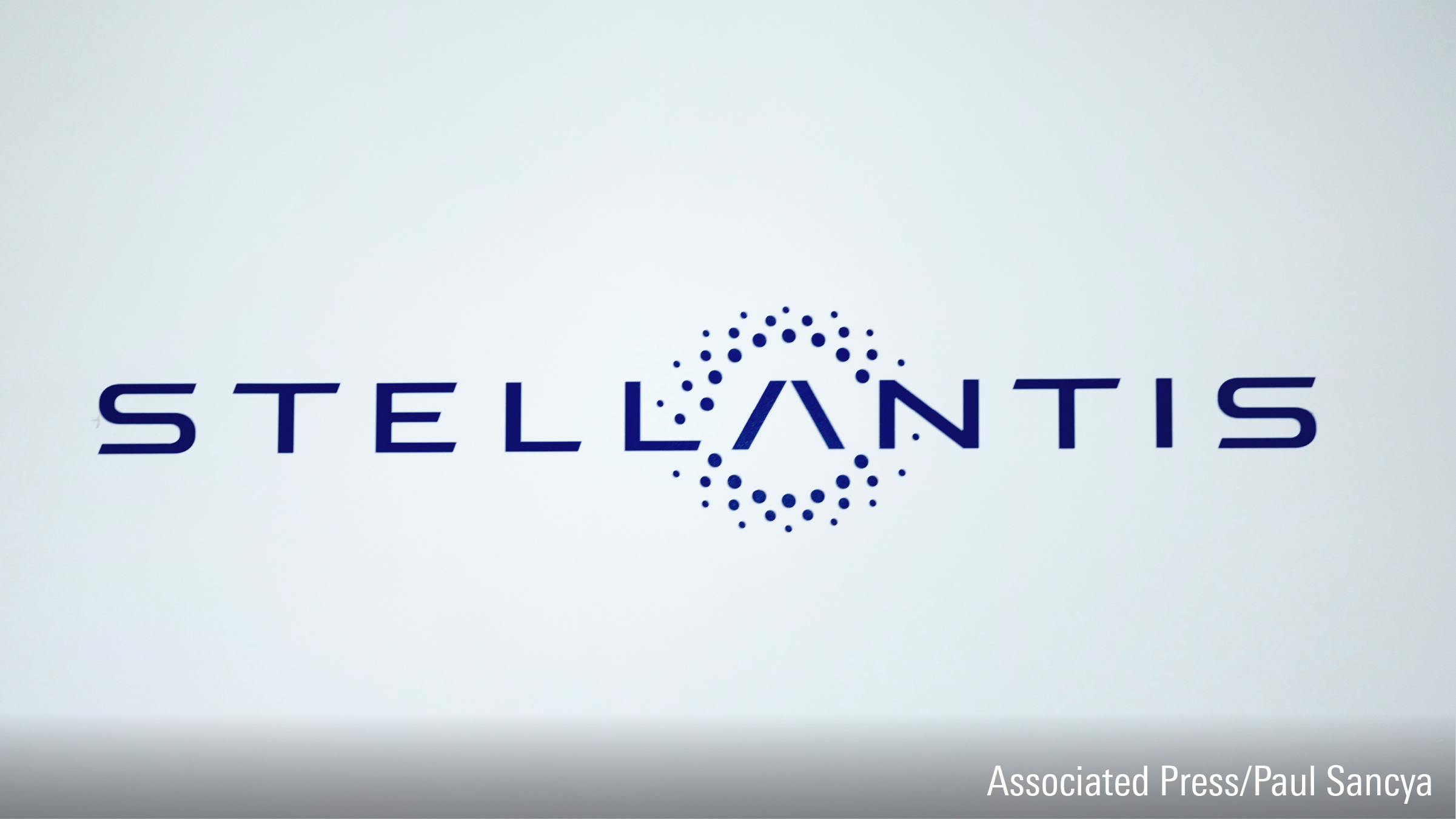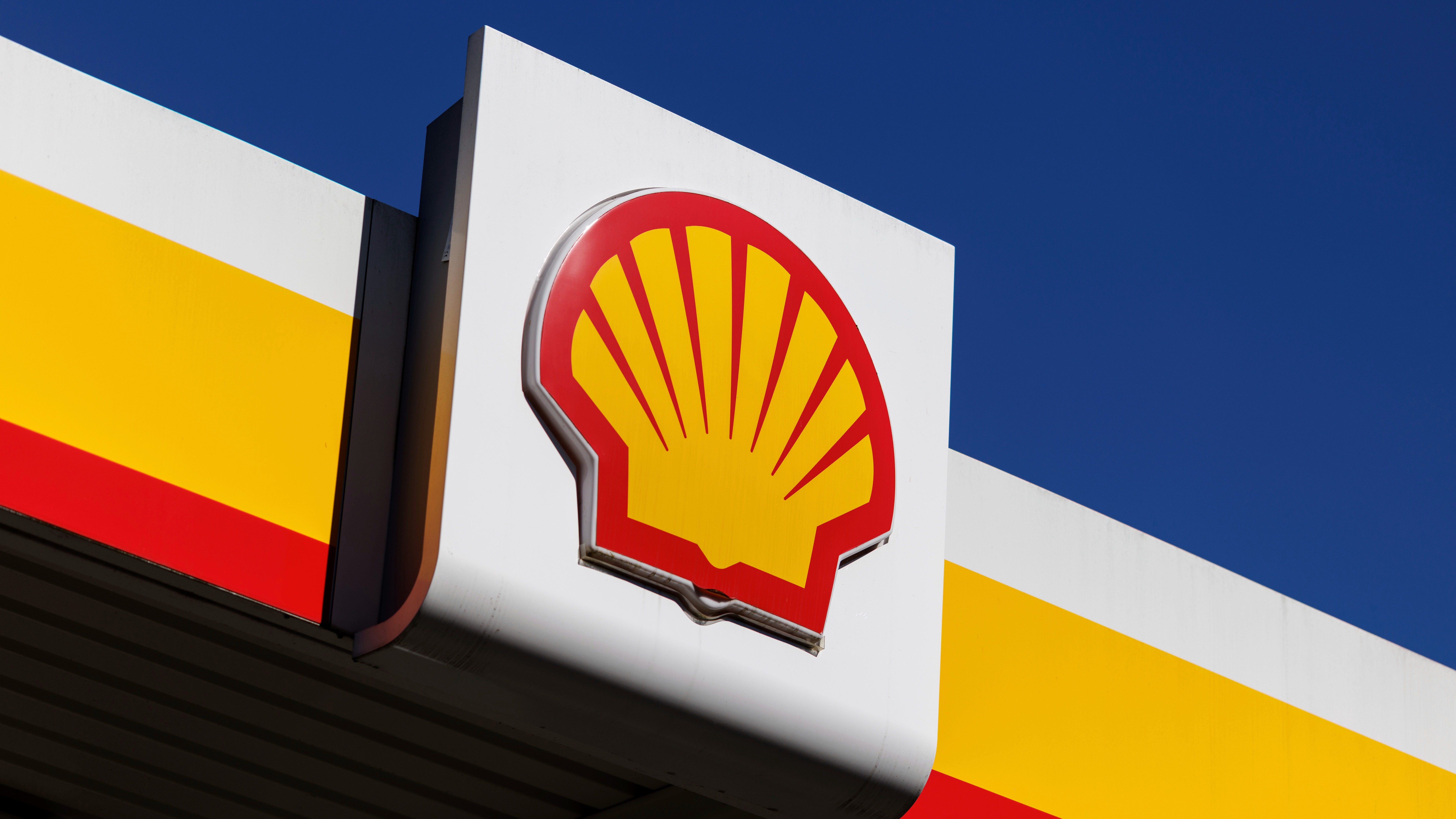
In the five years to the end of 2020, the Morningstar UK Sustainability Index recorded a 5.7% average annual gain, compared to 4.6% for its non-sustainable counterpart, Morningstar UK Large-Mid Cap Index. During recent rough patches like the fourth quarter of 2018 or the first quarter of 2020, the index declined less than the market.
The UK is not a unique case. According to a recent study of nearly 70 Morningstar indices focused on markets across the globe between 2016 and 2020, environmental, social, and governance (ESG) criteria added value and dampened volatility.
For sustainable investing, 2020 was a landmark year. The coronavirus pandemic and its societal impact, the global movement for racial justice, and the ongoing threat of climate change all reinforced the relationship between investing and environmental, social, and governance-related issues.
"Stakeholder capitalism” became an increasingly mainstream concept. And investors sent record capital flows to ESG funds, pushing European assets past the €1 trillion mark according to Morningstar data.
What About Performance?
A persistent perception holds that ESG-based investing requires a performance sacrifice. Another common assumption is that ESG screens have led to good performance recently because they skew toward the technology sector, which has led the market, and away from energy, the biggest laggard.
Morningstar Indexes' examination of its various ESG-screened benchmarks found:
- 52 of Morningstar's 69 ESG-screened indexes (75%) outperformed their broad market equivalents in 2020
- 57 of 65 ESG indexes (88%) outperformed for the five years through the end of 2020
- 59 of 65 ESG indexes (91%) lost less than their broad market equivalents during down markets over the past five years, including the bear market in the first quarter of 2020.
- ESG outperformance is not just about sector bias. For example, the Morningstar UK Sustainability Index owes its five-year outperformance to its stock-level exposures, not its sector weights.
- ESG screens have contributed more to performance outside the US than within the US market.
As far as the UK is concerned, the Morningstar UK Sustainability Index owes its record to above-market weight in stocks like Diageo (DGE), AstraZeneca (AZN), and Anglo American (AAL) and avoiding HSBC (HSBA) and British American Tobacco (BATS). The index methodology is aligned with the Morningstar Sustainability Rating for funds. Other index families studied include Sustainability Leaders, Low Carbon Risk (methodologically aligned with the Morningstar Low Carbon Risk designation), Renewable Energy, and indexes screened on diversity and inclusion criteria.
The study includes some back-tested performance, which relies on historical ESG assessments. Almost all the indices leverage the company-level research of Sustainalytics, Morningstar’s ESG arm.
ESG Around the World
In recent years, ESG screens have been more successful outside the US. In Europe, stocks like Allianz, Novo Nordisk, and ASML have boosted Morningstar’s ESG indices. In Asia, Taiwan Semiconductor, Keyence, and Alibaba have contributed.
Meanwhile, the Morningstar US Sustainability Index lagged the market in both 2020 and for the five-year period despite above-market exposure to technology and little in energy. Some of the US market’s top recent performers, such as Tesla (TSLA), Amazon (AMZN), Facebook (FB), and Alphabet (GOOGL), are not included in the Morningstar US Sustainability Index because of their ESG Risk levels as assessed by Sustainalytics.
While relative returns shift depending on market conditions, the ESG indices’ ability to protect on the downside is likely more enduring. Morningstar has observed a relationship between ESG Risk and economic moat, or sustainable competitive advantage, which contributes to resilience. Companies with economic moats tend to carry less ESG Risk and lower volatility. Morningstar’s ESG indexes’ lower downside capture ratios owe to their better than market returns during times like the first quarter of 2020 or the fourth quarter of 2018.
Overall, Morningstar’s ESG indices’ risk/return profile should encourage investors concerned about a return sacrifice associated with sustainability screens. Results also support the notion that ESG issues represent material financial risks.











:quality(80)/cloudfront-us-east-1.images.arcpublishing.com/morningstar/6BCTH5O2DVGYHBA4UDPCFNXA7M.png)

















